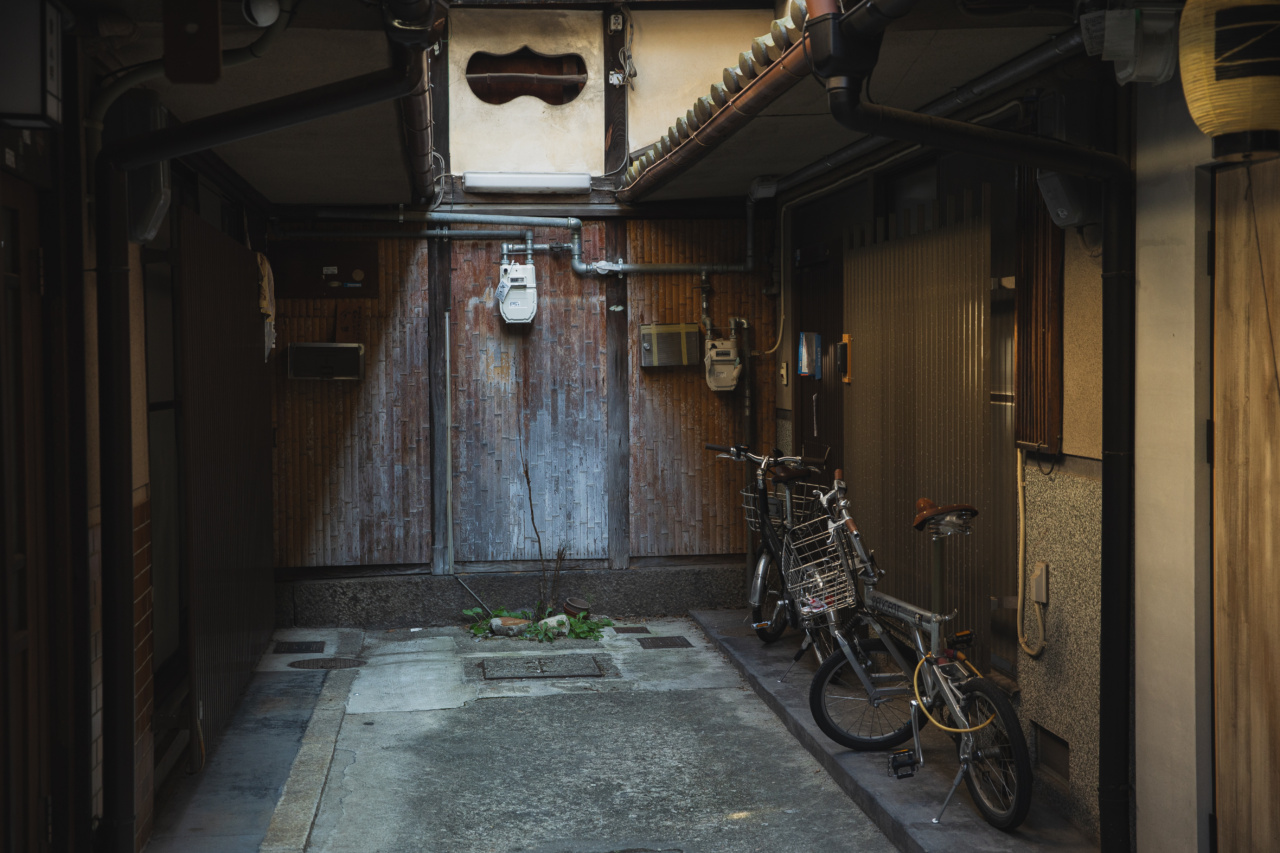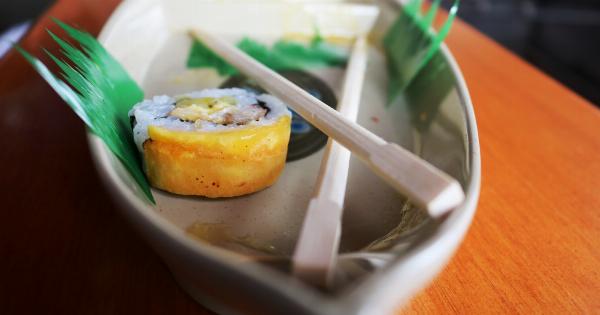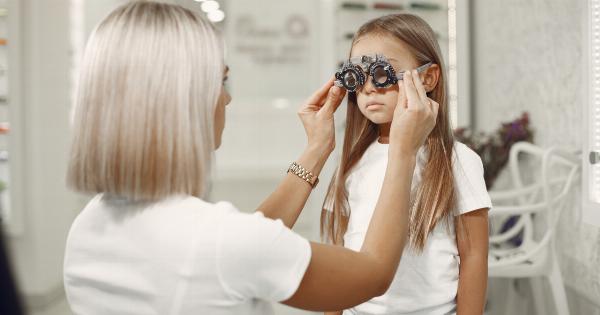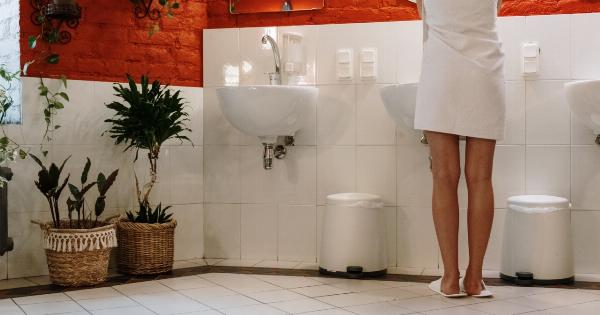Did you know that a simple, seemingly harmless waterfall can be the silent killer lurking within your pipes? Waterfalls, although beautiful to behold in nature, can wreak havoc on your plumbing system if left untreated.
In this article, we will explore the various ways that waterfalls can cause damage to your pipes and provide you with effective solutions to prevent such disasters from occurring.
1. Excessive Water Pressure
One of the most common issues with waterfalls in pipes is the immense pressure it generates. As water cascades forcefully, the pressure exerted on the inner walls of your pipes increases significantly.
Over time, this continuous high-pressure flow can lead to cracks, leaks, and even bursts in your plumbing system.
2. Pipe Erosion
The constant flow of water from a waterfall can erode the inner linings of your pipes. This erosion weakens the integrity of the pipes, making them more prone to leaks and breakages.
Additionally, the sediments and debris carried by the waterfall can further accelerate the erosion process, causing irreversible damage in the long run.
3. Corrosion and Rusting
Waterfalls often contain higher levels of minerals and chemicals, which can accelerate the corrosion and rusting process within your pipes.
The continuous exposure to such elements can lead to the deterioration of your pipes, making them more susceptible to leaks and blockages.
4. Clogging and Blockages
The debris and sediments carried by waterfalls have a higher likelihood of getting trapped within your pipes, leading to clogs and blockages.
These blockages restrict the normal flow of water and can cause backups, water damage, and even flooding in severe cases.
5. Increased Energy Costs
Waterfalls can significantly increase your energy costs.
As the water pressure within your pipes decreases due to various issues caused by waterfalls, your plumbing system will require more energy to maintain a consistent flow of water, resulting in inflated energy bills.
6. Structural Damage
When waterfalls cause leaks or bursts in your pipes, they can result in structural damage to your property.
Continuous water leakage can weaken the foundation, promote mold and mildew growth, and eventually jeopardize the overall safety and stability of your home or building.
7. Health Hazards
Stagnant or leaking water caused by waterfall-related pipe issues can create a breeding ground for bacteria, mold, and other harmful microorganisms.
These can pose serious health risks to you and your family, leading to respiratory problems, allergies, and other health complications.
8. Water Wastage
Apart from the financial implications, water wasted through leaks and bursts caused by waterfalls can put additional stress on our already strained water resources.
Conserving water is crucial for the environment, and addressing waterfall-related pipe issues can prevent unnecessary water wastage.
9. Increased Maintenance and Repair Costs
Dealing with water damage caused by waterfalls can be a costly affair. From fixing leaks and bursts to repairing structural damages and remediation, the expenses can add up quickly.
Regular maintenance and addressing pipe issues promptly can save you from exorbitant repair costs in the long run.
10. Quality of Life
Living with plumbing problems caused by waterfalls can be highly inconvenient and diminish your overall quality of life.
The constant worry about leaks, floods, health hazards, and rising energy bills can create unnecessary stress and make your home an uncomfortable place to live.
Preventive Measures to Safeguard Your Pipes
Now that you are aware of the dangers waterfalls pose to your pipes, here are some preventive measures you can take to safeguard your plumbing system:.
1. Regular Inspections
Engage a professional plumber to conduct regular inspections of your plumbing system. They can identify any potential issues caused by waterfalls and address them before they escalate into more significant problems.
2. Water Pressure Regulation
Install and maintain a suitable water pressure regulator to prevent excessive pressure build-up within your pipes. This will help mitigate the risk of leaks, bursts, and other damages caused by high water pressure.
3. Water Filtration
Invest in a dependable water filtration system to remove contaminants and sediments from your water supply. This will not only reduce the chances of clogging and blockages but also help protect your pipes from erosion and corrosion.
4. Prompt Repairs
If you notice any leaks, unusual sounds, or changes in water pressure, address the issue promptly. Ignoring these early warning signs can lead to more significant problems down the line.
5. Regular Maintenance
Implement a schedule for regular maintenance of your plumbing system. This could include tasks such as cleaning drains, inspecting connections, and ensuring proper functioning of valves and faucets.
6. Educate Yourself
Stay informed about common plumbing issues and methods of prevention. Knowing how to identify potential problems and taking proactive measures can go a long way in protecting your pipes from waterfall-related damage.
Conclusion
While waterfalls may be beautiful in natural settings, they can be disastrous when it comes to your plumbing system.
The excessive pressure, erosion, corrosion, blockages, and other issues caused by waterfalls can wreak havoc on your pipes, leading to costly repairs, health hazards, and a diminished quality of life. By implementing preventive measures and prompt repairs, you can safeguard your plumbing system and avoid the silent killer lurking within your pipes.































